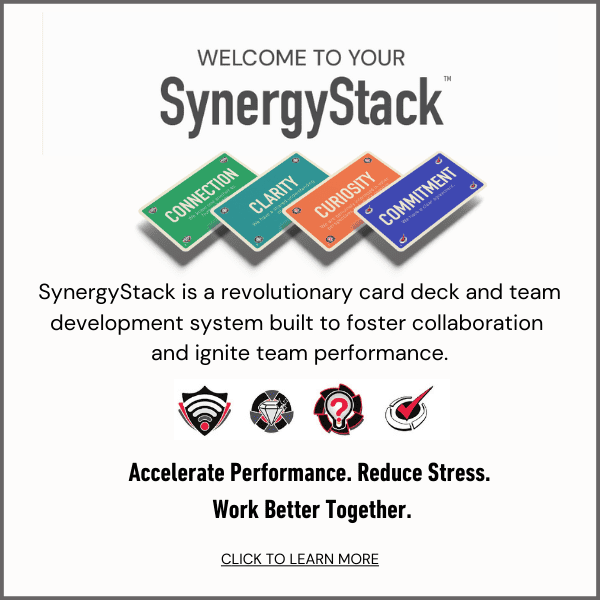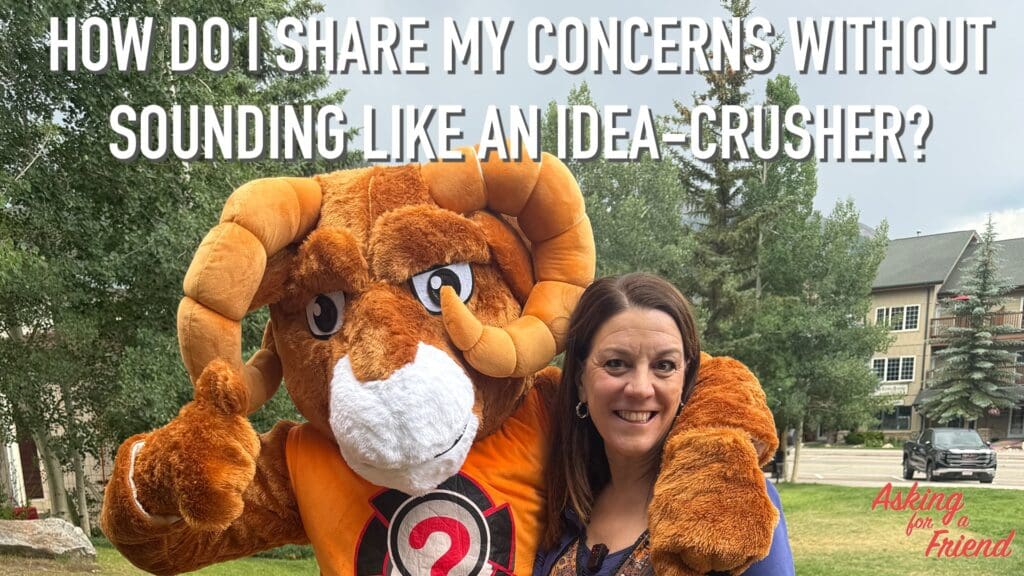Even a few focused minutes
can lead to a great mentoring conversation.
If you’ve ever had a great mentor, you know the power of honest and meaningful mentoring conversations.
It’s amazing what can happen when a mentor asks you courageous questions that make you think differently or help you to reframe problems. A great mentoring conversation can be just what you need to view yourself, your capabilities, or your career in new ways.
A good mentoring conversation leaves you feeling uplifted, refreshed, appropriately challenged, and maybe even the good kind of confused.
In an ideal world, you’d have time on your calendar each week for sustained mentoring relationships. And you’d have a mentor yourself. But those relationships take time—time you probably don’t have right now.
But what if you could still make a meaningful contribution one focused mentoring conversation at a time?
The Fifteen Minute Mentoring Conversation that Changed My Game
I was a Verizon HR Director in my early thirties when Ray, who was an SVP of Customer Service, approached me casually after a merger integration planning meeting we had both attended.
We had been working together on this project for several months, so he had gotten more than a passing glance at my leadership style. But he was not my boss. Nor was he my mentor. He certainly wasn’t obliged to dig into an impromptu mentoring conversation.
“Karin, what are you going to do next in your career?”
Without skipping a beat, I responded,
“I’m hoping to be VP of HR here soon.” After all, I know where I was on the succession planning grid (as the HR director, those grids were locked in my desk, along with the designated “next steps” for all “hi-potential” candidates, so I was familiar and comfortable with the plan).
Also, without missing a beat, Ray responded. “Yeah, that could make sense … I suppose.”
And then he just kept quiet.
Note: “I suppose …” followed by quiet silence is quite the informal mentoring conversations ninja move.
The kind of quiet that makes you look up and say, “What?”
“It’s just that if you move into an HR VP role now, you’re pretty much committing to be in human resources for the rest of your career.
BUT, if you make a lateral move to lead a large team, you open all kinds of possibilities for your career.
PLUS, I’d much rather work with an HR VP with some tried and true field experience under their belt. Go carry a bag (meaning take up a sales leadership role) or lead one of our large call centers.”
“Wait what? Who would put me in charge of a five hundred person call center with no call center experience?”
Ray continued, “Well, I would. But don’t take my word for it. Why don’t you ask my VPs?
Go tell them I asked you to get a few minutes on their calendars and see if they would put you in a call center director opening if it came up.
See if THEY think your HR skills are transferable.”
So, I did.
I spoke with all four Vice Presidents of Customer Service. Three out of four said they’d put me in a call center leadership role in a heartbeat. One said, “Nope, I think you should stay in HR.”
The other three were ready to give me a chance.
Six months later, a call center opening came up, and Maureen, one of Ray’s VPs put me in charge.
That fifteen-minute impromptu mentoring conversation completely opened my mind to what my career could become.
Once I realized I loved leading large teams, the new challenges kept coming.
I moved from customer service to sales (turns out, I like to “carry a bag,” to marketing, to transforming our strategic partnership channel, my favorite role of all, working with 10,000 human beings in our BPO call center partners in seven different companies).
And, if it hadn’t been for that mentoring conversation, there’s no way I would have the depth and breadth of experience to write the books or grow leaders across so many disciplines or lead a human-centered leadership training firm.
The most impactful mentoring conversations need not be all that long, or part of a long-term mentoring relationship, to change the game.
What impact could you make with a few 15-to-30-minute mentoring conversations?
Here are a few ways to get started.
- Notice a behavior that’s making an impact, and tell them why it matters.
- Invite them to share their best practice at your next staff meeting.
- Ask them to bring you their best idea about how to improve a process, policy, or customer experience.
- Have them complete our developmental discussion planner, and come prepared to talk about what they might like to do next.
- Invite them to consider what brings them joy in their work.
- Use the “Nine What’s” Coaching Process to help them solve a problem on their own.

- Ask about their MIT (Most Important Thing) and the biggest roadblocks they are facing.
- Invite them to shadow you in a meeting or event.
- Talk about their strategic career network (this tool can help) and encourage them to invest more deeply in a relationship or two (in addition to you.)
- Encourage them to create a mini-personal experiment
Of course, a sustained series of mentoring conversations is even better as you build trust and connection over time. But don’t let limited time hold you back from contributing what you can and making an impact.
I’m so grateful for Ray and his fifteen minutes of transformation. To whom could you offer that gift?
Your turn. Your best thoughts for better mentoring conversations?
What would you add? What are some great topics for short mentoring conversations?
See Also:
How to Be a Better Mentee (includes video)
6 Secrets to a Successful Mentoring Program
If you’re looking for more mentoring activities, check out our SynergyStack® Team Development System. It comes with a habits-based resource center with activities, articles and videos that are perfect for your one-on-one and group mentoring.







Im glad to about grow leaders article.
I will be glad to learn more how to grow leaders. Im a pastor engaged in growing high school/cooperate leadership in Kenya.
I will appreciate your assistance in growing to consultancy.Thanks.
Hi Benson, Thanks so much for the important work you are doing to grow leaders in Kenya. I’ll follow up with an email.